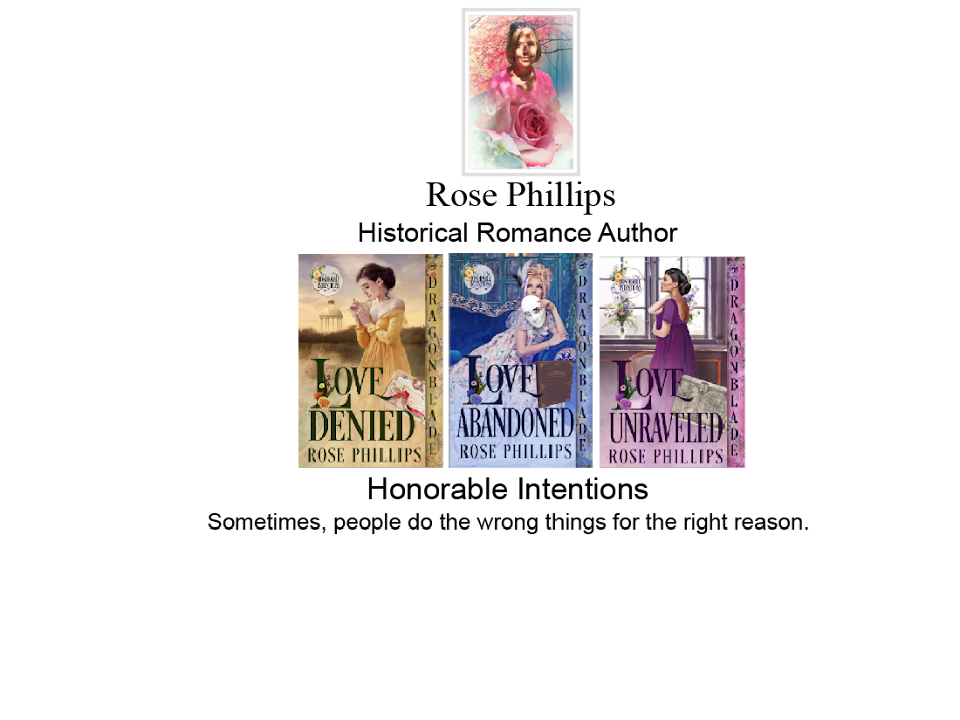I mentioned two weeks ago that I ditched Nano in favour of life. It was
a good decision. Not just in terms of keeping all happy on the home front, but
because of the myriad of things I have needed to do for my writing. All of
which are important, although they certainly get in the way of writing. I am just shy of 4,000 words
on the sequel for Raven’s Path—a shabby output for the month of November.
Research tends to swallow me whole, but I rest comfortably in its gullet, lying back on its cozy curved lining, my feet dangling courageously over the duodenum, contentedly grabbing at all of the tidbits floating by. While less writing occurs at this stage, I digest all of these little bits and bites, knowing that I will eventually crawl up the esophagus (Ah, you thought I might sneak out the other way. No, can’t have that. Easier, perhaps, but I might get separated from the good stuff!), pat my friend, Research, on the cheek and wander off to chunder the hodgepodge into a story.
But, I digress, as a writer is wont to do. Platform. That has been this
month’s distraction. I began this blog in July with an eye to developing an
online presence. It has been a slow learning process as I resented the time
away from writing to format it beyond its original simplicity. Based on a
plethora of advice on the various author/writing websites I haunt, I have begun
to expand its interface. You now see some sites I visit regularly, a Pinterest
widget, some followers, and there is actually something at the end of the
Google+ link.
I have not added a question to each blog entry, meant to obligate folks
to respond and prove they have dropped by because, well, I’m Canadian and am
just too polite to make anyone feel they are beholden to remark upon anything I
write. I have, however, changed permissions on the “reply” in the hopes that it
is now easier for people who would like to drop me a line.
I explored Pinterest for the first time this week and paid homage to
Raven’s Path. My betas may find that interesting. The rest of the world? We’ll
see. Working through Pinterest is definitely an entertaining diversion. I’m
navigating my way through Google+, attempting to link those authors I have met
(and thoroughly enjoyed talking with and learning from) on my writer’s forum.
It is a work in progress so, if you drop by, keep that in mind. I have also
joined several more writing websites. Another rabbit hole is all I can say
about that. J
When I move to the next stage of this exciting journey, I will jump
whatever media hoops are necessary to get my book in people’s hands. For now,
it is enough. I do need to get back to the nitty-gritty of writing a book. In
the meantime, I wonder, since I’ve built it…will they come? (See that, I snuck
a question in like a good little blogger. Okay, it can be considered
rhetorical, but if you have an inkling of a desire to answer, or say anything
at all, feel free, as I am incredibly curious as to just who you are. J)


